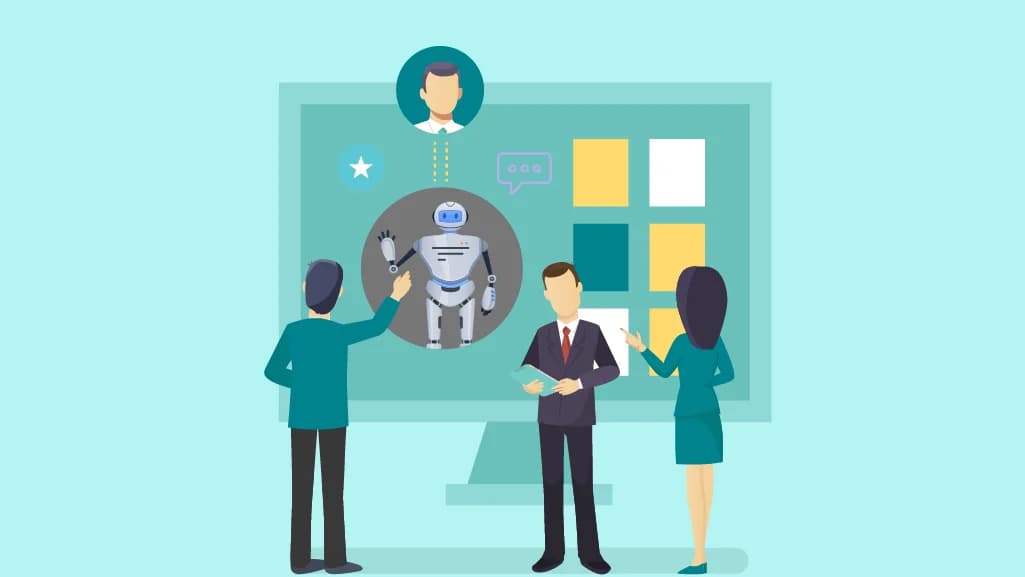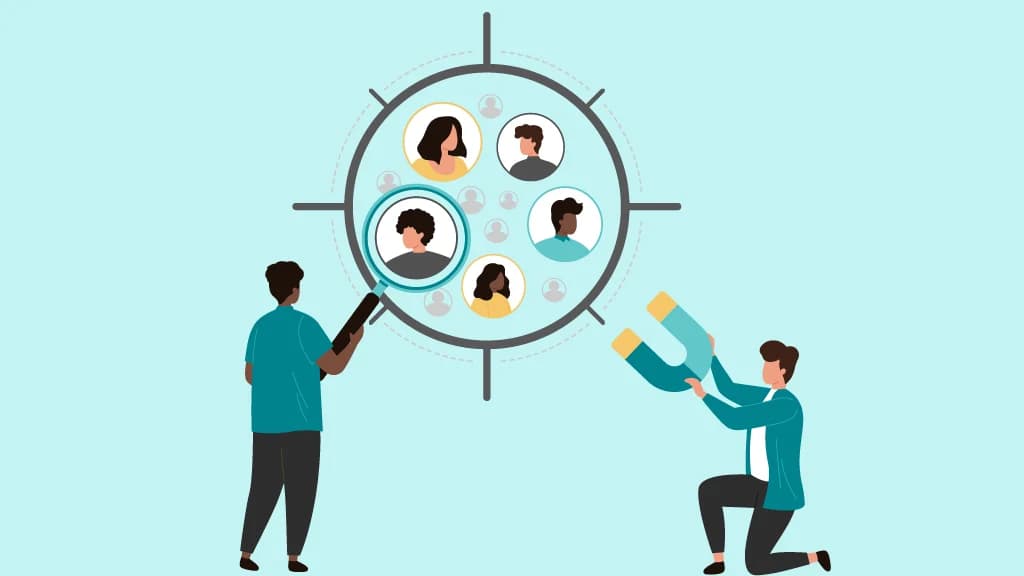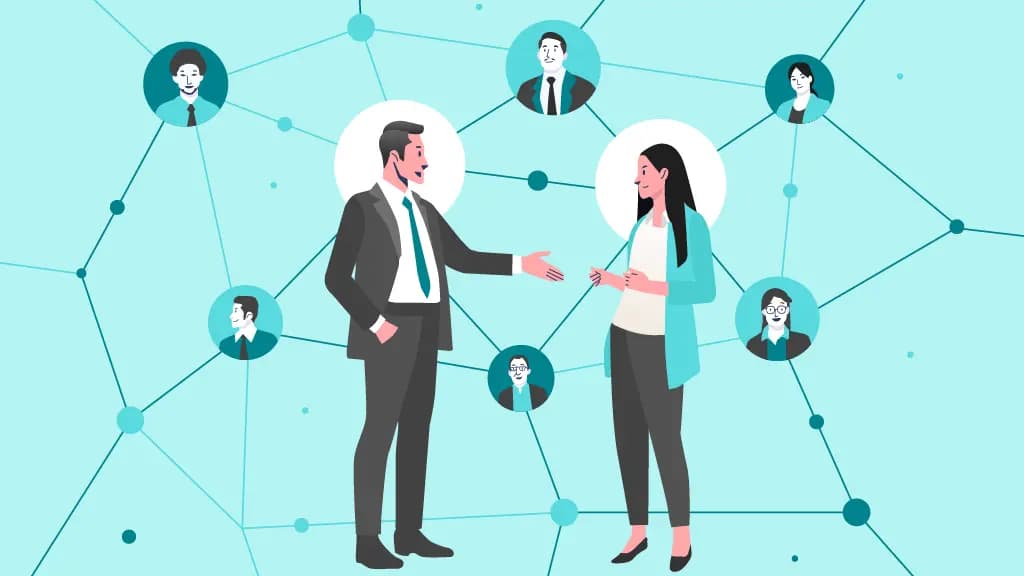4 Ways AI Algorithms Either Build or Destroy Trust Between Managers and Employees

Team AdvantageClub.ai
October 3, 2025

1. Transparency Versus Opacity in AI Decision-Making
When transparency builds trust: Employees who understand how trustworthy AI systems work, what inputs are considered, how recognition is awarded, and how data is interpreted, are more likely to see the system as fair. That clarity makes recognition feel earned rather than random.
When opacity creates doubt: If algorithms feel like a “black box,” employees may grow suspicious. When recognition or feedback appears unpredictable, people start to question both the tool and the manager’s relationship behind it.
How HR leaders can help:
- Explain what the system measures and why.
- Share the logic behind recognitions or nudges.
- Provide employees with a means to review or question outcomes.
When AI transparency in employee experience is present, systems become partners in building trust. When hidden, they risk dividing management’s trust-building efforts from teams and damaging AI manager relationships that rely on openness and fairness. Exploring transparent leadership practices can help managers bridge this gap effectively.
2. Equitable Recognition or Algorithm Bias
When recognition is fair: Trust-building AI tools can level the playing field by reducing favoritism. A well-designed system might highlight quieter contributors or ensure recognition isn’t concentrated on a handful of visible employees.
When bias creeps in: Algorithm bias in HR emerges when data or inputs are flawed. For example, if the system rewards speed but overlooks collaboration, it may favour aggressive behaviours over teamwork.
How HR leaders can safeguard fairness:
- Audit systems regularly for Algorithm bias in HR.
- Align recognition criteria with company values.
- Balance AI workplace insights with human judgment.
3. Supporting Managers or Replacing Human Judgment
When AI supports managers: Trust-building AI tools can prompt managers to recognize overlooked employees, highlight team wins in real time, and encourage fairness and consistency. In this way, AI doesn’t replace intent—it amplifies it. Employees feel supported by both their manager and the system, especially when agentic AI workforce engagement tools are designed to guide recognition and promote fairness.
When AI replaces human judgment: The risk comes when leaders lean too heavily on technology. Trust in AI at the workplaces weakens if employees feel “managed by a machine.” Automated recognition lacks the authenticity of a personal conversation and can damage AI manager relationships, leaving employees disconnected from authentic leadership.
How HR leaders can strike the right balance:
- Algorithms should guide, not decide.
- Managers should add empathy, context, and sincerity.
4. Accountability and Shared Ownership
When accountability builds trust: Organizations create clear policies for use. Employees understand who is responsible for recognition, how decisions are reviewed, and what recourse is available if they believe something is unfair. Clear policies ensure trustworthy AI systems that support, not replace, managers.
When accountability is absent: Managers often blame “the system” for poor outcomes, which can lead to employees losing confidence. Trust in AI at the workplaces erodes when leadership hides behind technology.
How HR leaders can reinforce accountability:
- Define shared ownership: algorithms inform, managers decide.
- Review outcomes regularly for fairness.
- Provide feedback loops that allow employees to challenge their outcomes.
Building Trust in a Digital Workplace
- Transparency builds credibility. Opaqueness sparks suspicion.
- Equitable recognition creates belonging. Bias undermines morale.
- Augmenting managers deepens trust. Replacing them erodes the connection.
- Shared accountability sustains confidence. Deflecting responsibility weakens it.
Leaders’ mark of transparency can inspire real trust, helping teams believe in both the decisions and the people behind them. The lesson for HR leaders is clear: trust in AI systems is never automatic. It must be earned through ethical AI workplace practices, clear communication, and oversight.
AdvantageClub.ai, a digital employee engagement platform, is already helping companies build AI trust in workplaces. The solution strikes a balance by providing managers with tools that remove algorithm bias in HR to recognize employees consistently, fairly, and transparently. By pairing trustworthy AI systems with human connection, organizations can ensure that algorithms act as bridges of workplace trust, not barriers.





